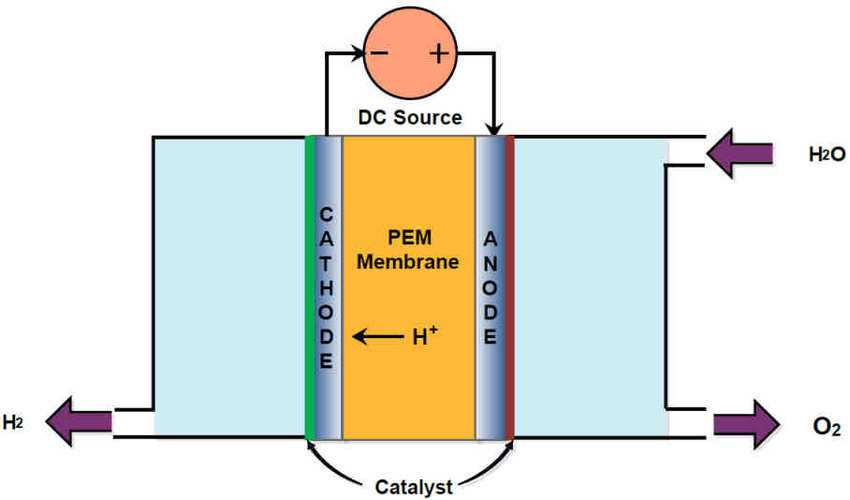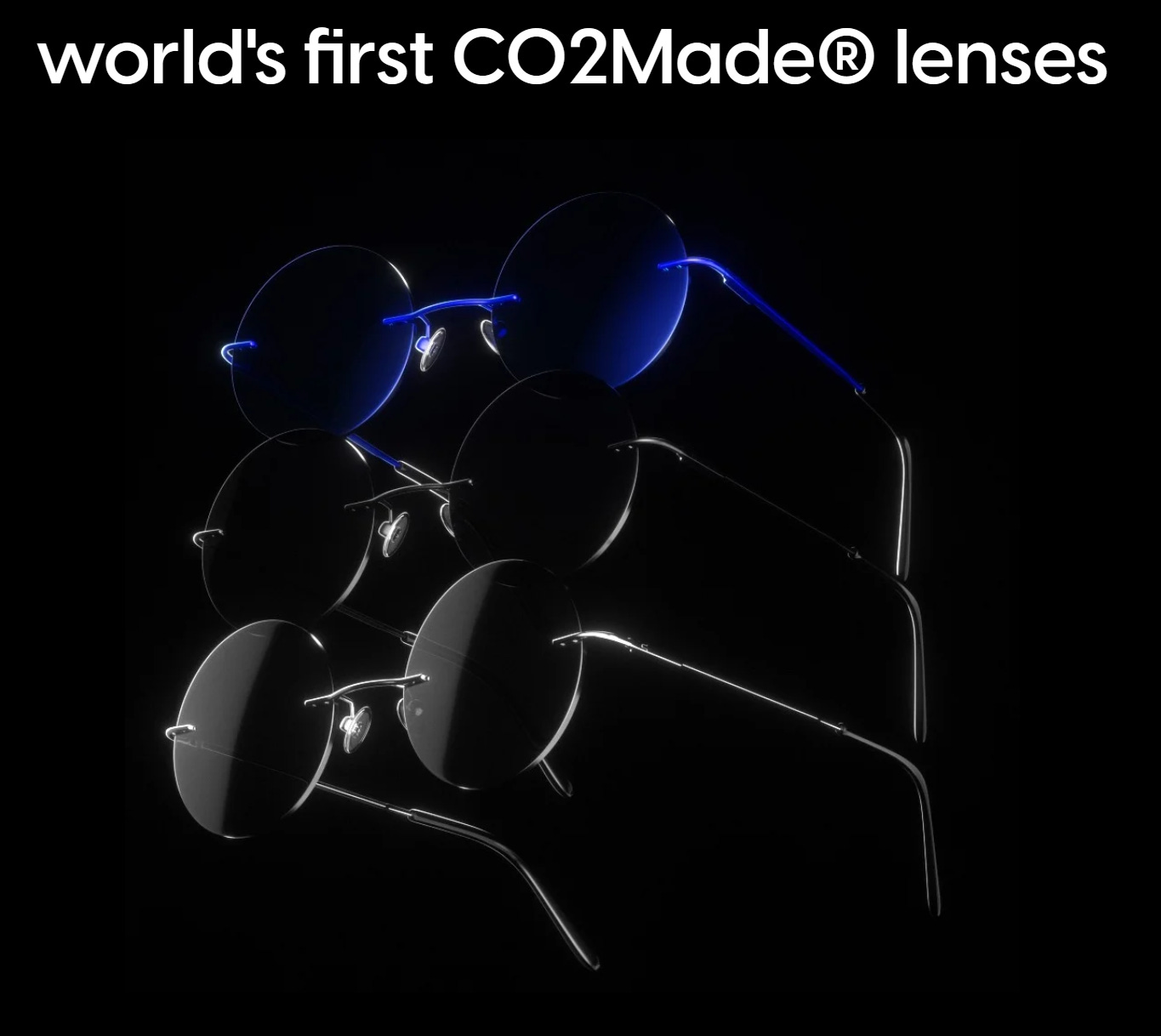Happy Friday! It’s finally beginning to feel like summer on the East Coast, something that’s reassuring as a college student who can’t wait for the end of the semester. At the same time, it’s surprising that it’s nearly been 5 months since 2022.
This week’s edition is 1046 words (~4 minutes), featuring a startup making sunglasses out of CO2 (pre-order at $495). Enjoy!
Twelve: transforming carbon
Carbon-based chemicals are present in all aspects of modern life. Plastics, fuels, and textiles in particular are considered petrochemicals, as their production is heavily dependent on fossil fuels like petroleum. As the world seeks ways to decarbonize the economy, replacing the production chain of these essential materials poses a major challenge for manufacturers.
Twelve produces such petrochemicals out of air instead of fossil fuels. Twelve was founded out of the Lawrence Berkeley National Lab in 2015 by co-founders and breakthrough Stanford CO2 researchers Etosha Cave (CSO), Kendra Kuhl (CTO), and Stanford graduate Nicholas Flanders (CEO). Initially brought together by a Stanford space exploration club, the Twelve team has grown past extraterrestrial material development to find ways to repurpose carbon dioxide down on Earth.
Product
Removal Mechanism
Typically, it is challenging to separate a molecule into its constituent compounds. One of the most effective methods is polymer electrolyte membrane (PEM) electrolysis, a process where an electric current is run through a molecule. With the help of a catalyst, certain parts of the molecule can become detached from the rest of it, then reassembled as necessary.
PEM electrolysis has been popularized as a method to split water (H2O) into hydrogen fuel (H2), a process that eliminates the emissions associated with fuel generation when renewable energy is used to power the electrolyzer.
PEM electrolysis splits H2O into hydrogen & oxygen. Source
In a similar fashion, Twelve’s PEM electrolyzers split carbon dioxide into oxygen and CO, using its novel catalyst. Their modular devices, PEM electrolyzer and all, can be integrated into existing industrial systems, allowing carbon dioxide to be captured both at the source or through direct air capture.
Carbon Solutions
Twelve seeks to use its electrolysis to create plastics and synthetic fuels sustainably. Their primary output, CO, is the building block for various hydrocarbons including ethylene, polypropylene, and methane.
Twelve (previously Opus 12) began its first carbon transformation partnership in February 2020 with Mercedes and parts manufacturer Trinseo, in which it produced rear car windows out of polycarbonate. Since then, they’ve also partnered with Procter & Gamble, the parent manufacturer of Tide’s detergent ingredients. Recently, they launched their PANGAIA carbon sunglasses at a pre-order price of $495.
$495 sunglasses made out of CO2 - preorder your pair here.
In June 2020, Twelve partnered with SoCalGas and PG&E to apply its technology to biogas, a mixture of ~60% methane and ~40% CO2 found around organic waste, in hopes of upcycling the raw biogas into functional natural gas. Twelve has also been experimenting with E-Jet, its synthetic jet fuel made from CO and H2, which was tested and qualified by the US Air Force in 2021. In June 2022, Alaska Airlines signed an MOU to help Twelve develop E-Jet; Shopify has also backed Twelve’s E-Jet product line.
Twelve has also leased its technology to NASA. Between 2017 and 2020, it collaborated with the Johnson Space Center to redesign its PEM electrolysis technology for extraterrestrial material production.
Market
Customer Segments
Twelve’s primary customers are manufacturers in the hydrocarbon space and their downstream clients. To date, their customers span a variety of industries, unified by their commitments to net-zero/tangible emission reductions.
Carbon Transformation Market
Unlike many in the direct carbon removal field, Twelve’s end product is neither carbon offsets nor the carbon itself. Instead, they provide full-stack services for carbon transformation from CO2 capture to on-shelf goods. In this sense, Twelve is tapping into the entire hydrocarbon market, expected to reach over $290B by 2028.
Competition
Due to the growing popularity of the carbon removal space, many startups have spun out of research labs with similar products as Twelve. Dimensional Energy, spun out of the University of Arizona, has already partnered with United Airlines for use of its sustainable aircraft fuel. RenewCO2 is using electrolysis technology similar to that of Twelve for carbon monomer production. Air Company, valued at $130M, is using CO2 in its impurity-free alcohol and has also begun CO2-derived jet fuel production. Though each company’s product differs on the molecular level, such product differentiation may not be practically useful without a significant tech lead.
Many startups have also excelled at niche carbon dioxide solutions such as Aether (diamonds), Carbonova (carbon nanotubes), and Arkeon Bio (proteins). These subsectors are still plagued by high operating costs, which will likely soon be resolved through incremental tech innovations.
Twelve’s indirect competitors include companies such as Climeworks and 44.01, which compete for carbon dioxide sources to tap into. Such competitors are far from posing a real threat to Twelve, as the industry is still vastly underdeveloped. As of January 2023, governments have only committed ~10% of the required carbon removal capacity needed to reach the 2 ℃ threshold, with tech solutions (non-nature based, so excluding trees & seaweed) accounting for 0.1% of this capacity.
Business Model
Twelve operates as a B2B2C, with its revenue streams presumably through service contracts as well as a percentage of sales for its partners. Unlike many carbon repurposing startups such as Aether and Arkeon Bio, Twelve tailors its products to its business partners, implying high upfront fixed costs for its products.
Traction
Since its founding in 2015, Twelve has raised over $200M in funding. Its most recent $130M Series B, led by Plug and Play Tech Center, put its valuation at $554M.
In 2022, Twelve was featured on the TIME 100 Best Inventions of 2022 for its vision to “defossilize” manufacturing processes.
Key Opportunities & Risks
Social and political pressures have compelled organizations to pursue net-zero emissions in the upcoming decades. To date, over 30 countries and ⅔ of the S&P 500 have committed to net-zero emissions and/or set emission reduction targets of some kind. It’s no coincidence that the majority of Twelve’s customers have been companies with commitments to net zero, as many recognize the potential scalability and economic feasibility of Twelve’s products.
Conversely, international organizations have found difficulty holding companies - namely those in the hydrocarbon industry - accountable for their emissions reduction targets. In practice, it is unclear how much Twelve’s products have displaced the fossil-fuel-intensive operations within these companies. Though some companies may only seek to partner with Twelve to project an image of sustainability, it is the hope of many for Twelve to continue to receive well-intentioned funding and support from climate-conscious organizations.
Thank you for reading - hope you learned something new! If you liked Twelve, you’ll definitely love Arkeon Bio - read my writeup on it here. Also, feel free to DM startups you’d like to see in future editions - see you all next week!



